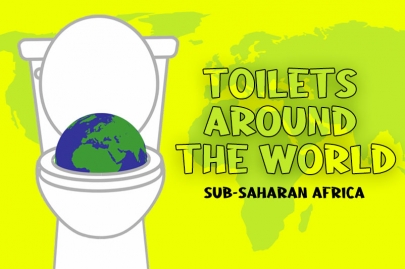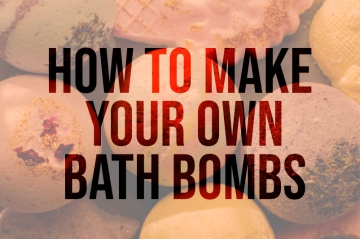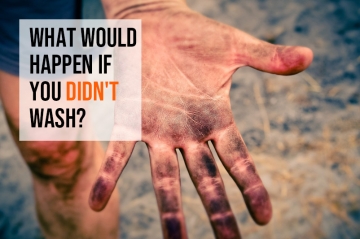Toilets Around the World | Sub-Saharan Africa

Toilets Around the World - Sub-Saharan Africa
Sometimes the inventions which have had most impact on our everyday lives are the ones which we take the most for granted. Where would we be without the wheel, writing or even the internet? Another invention which we take for granted is the access to toilets and sewerage system, and it's not until you visit other countries which don't come up to Western European standards that you realise just how fortunate we are.
Millennium Development Goals
The United Nations places such a high emphasis on access to clean water and sanitation that improving facilities across the globe is one of its Millennium Development Goals, along with issues such as universal primary education and the eradication of poverty. One of the main focus areas of these Goals is Sub-Saharan Africa, so what can you expect to find in a bathroom if you jet into Nigeria, Uganda or Kenya?
The Visitor Experience
First off, it's worth pointing out that as a visitor to less developed countries, it's often hard to get a picture of what life is like for the locals. We like our creature comforts, and if you're visiting Kenya on a package holiday to the beach resorts or Namibia on a safari, you're going to be staying in some of the country's best accommodation where the sanitation and sewerage systems are far and away above what most of the population have to put up with. It can be easy to visit these countries and forget just what the typical experience is for most people living with your typical Sub-Saharan African loo.
Urban Vs Rural
UNICEF, the UN's charity and relief wing, regularly publishes statistics which flag up a clear distinction between the situation for people living in the country and in the town. Some Africa cities have first rate sewerage and sanitation systems, and blocks of flats in Lagos or Luanda will have good flushing loos and reliable sewers. Statistics show that over 70% of people living in urban settings in Nigeria have either a flushing toilet which is for the sole use of their family or a similar shared facility. In the countryside, this figure goes down to less than 40%. In many rural areas of Africa there are just no toilets at all; 75% of people living in rural areas of Burkina Faso and 96% in Eritrea have no access to a loo.
What sort of Toilets Do They Use Then?
The typical toilet facilities in rural areas of Sub-Saharan Africa and also in the shanty towns which have grown up around the major cities range from situations where people just disappear off into the bushes or the grass, to pits dug into the earth, or a hole over a running stream or lake. The health implications of this sort of activity are obvious - eventually human faeces will get back into the water supply and then bacteria will be drunk, leading to all sorts of life threatening conditions such as cholera, typhoid or diarrhoea. Toilet paper is practically unheard of, and the lack of hand washing facilities just makes the problems caused by dirty water even worse. Makes your less than luxurious bathroom at home seem like a palace, doesn't it?
What is Being Done About All of This?
Progress is being made to improve conditions for people living in Sub-Saharan Africa but the picture varies hugely across such a vast area. Charities such as Comic Relief, Oxfam and Water Aid raise funds to dig wells and build toilet blocks, and the money donated by the governments of developed nations go to fund sanitation improvements too. Progress would be quicker were it not for conflict, migration of people out of war zones and away from famine and corruption, and these problems are never going to be easy to solve. On a practical level, we can all be aware that we are very fortunate compared to many, and think a bit more about the work which goes into providing us with clean water and sewerage systems. And if you're travelling to Africa and venturing away from the cities and tourist areas, be prepared for what you might find.
Over the years we have written on this topic several times and for further reading we recommend taking a look at our post about How Toilets Keep Us Healthy and the importance of backing the campaign to raise awareness of sanitation issues around the world?
Related Posts
Don't want to have to pay for bath bombs? Here is how you can try and make your own bath bombs to add to your bath.
We are very lucky in the country to have clean running water to enable us to keep clean but what would happen if you didn't or couldn't wash for an extended period of time? We take a look.
It goes without saying that bathroom mirrors are a much more recent innovation than mirrors for general use as these can be traced back many centuries.




